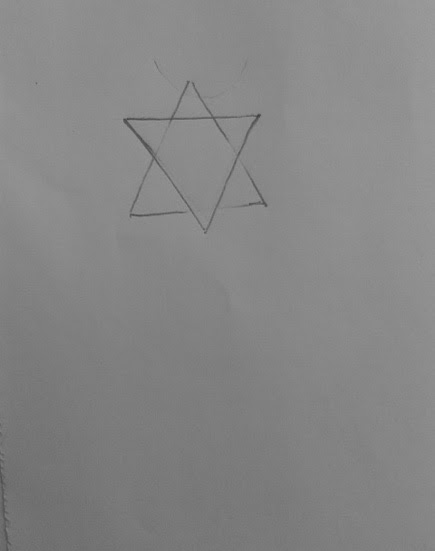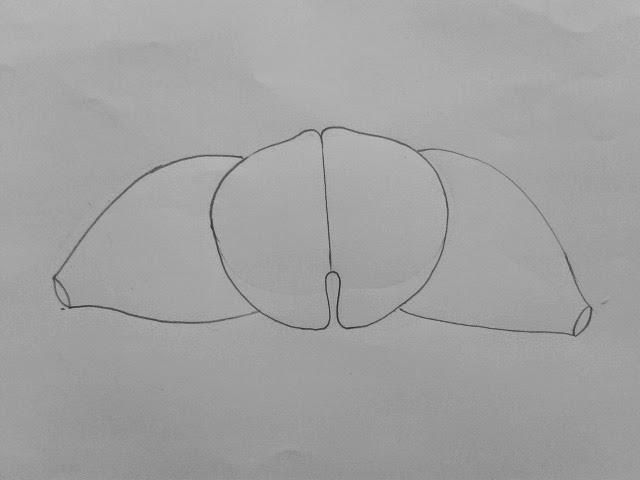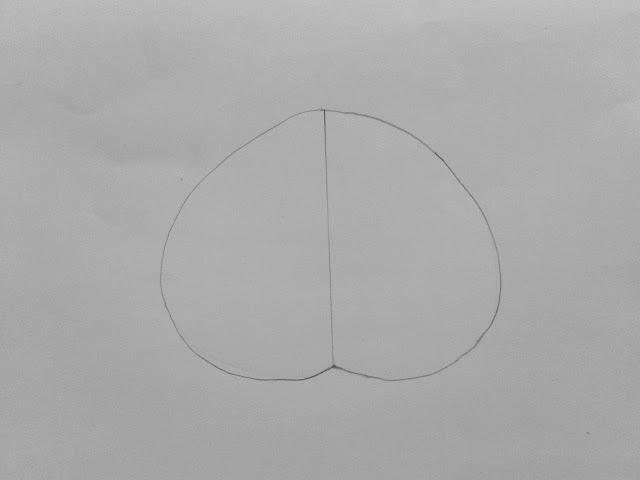
How to draw DNA The DNA has twisted ladder or double helical structure. According to Watson and Crick DNA molecule consists of two polynucleotide chains wrapped helically around each other, with the sugar- phosphate chain on the outside forming ribbon-like backbone of double helix. Purines and pyrimidines on the inside of the helix projecting between two sugar phosphate backbones as transverse bars. The two polynucleotide strands are held together by hydrogen bonds between specific pairs of Purines and Pyrimidines. Now let's see how to draw DNA accurately. 1.Draw two vertical parallel lines as shown with pencil. 2. Draw a twisted wave touching two lines on either sides. 3. Draw another wavy curve as shown. Start the second curve a bit near the first curve to get proper grooves of DNA. 4. Make ribbon shape on the strands as sho...







